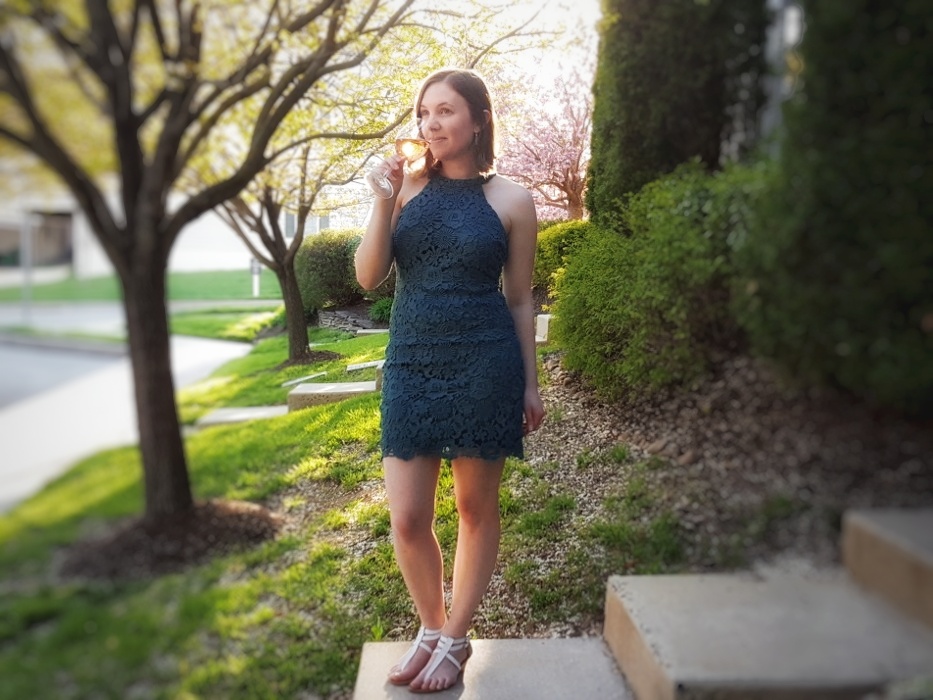
Photo by: Denise M. Gardner
Rosé… is a life style.
It’s the wine version of renewal, similar to how many of us feel every time Spring rolls around and we can sense the smell of emerging plant growth in the air. Something fresh is on the horizon.
This wine style captivates many. We may fill our tables with bottles of various rosés, adorned with labels that bless the eye with a form of elegance so many of us seek in the bottle.
For this month, let’s dive into how these wines of beauty are created.
And, I’ll provide you with some special rosé wine style differentiations that are sure to bring a small smile with each sip. If you have felt intimidated by rosé wines in the past, there’s several suggestions within this post to help you make the leap forward in trying some new wines!
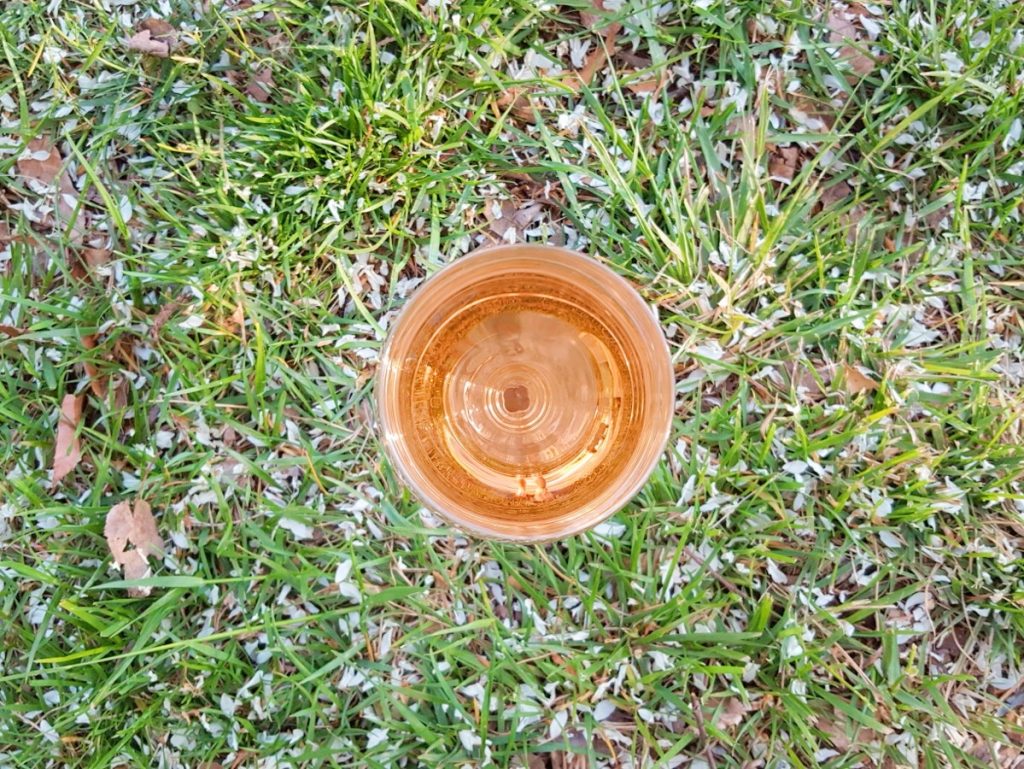
Photo by: Denise M. Gardner
How Rosé Wine is Made
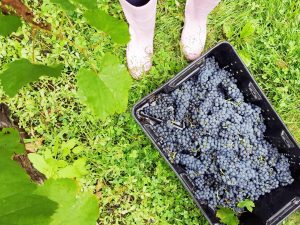
Photo by: Denise M. Gardner
Rosé wine is produced from red wine grape varieties that are processed like white wines. In traditional rosé wine production, red wine grapes are harvested a tad early to preserve the acidity (sourness) of the fruit that will contribute to the refreshing nature of rosé wine.
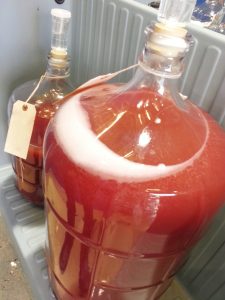
Photo by: Denise M. Gardner
Grapes are brought in from the vineyard and onto the crush pad. Here, the grapes are typically crushed to some degree. The crushing step allows the juice from within the grape to sit in contact with the red skins. This contact time with the skins is what gives rosé its lovely pink color. Different red wine grape varieties, as well as the duration of time in which the juice sits in contact with the skins, contribute to different shades and intensity levels of the pink color.
From here, the juice goes through a settling step. A lot of the solids associated with fresh juice are given time to fall to the bottom of a settling tank. After those solids compact on the bottom of the tank, the winemaker will “rack” the juice. Racking is a separation process in which the clarified liquid is separated from the solids that settle to the bottom of the tank.
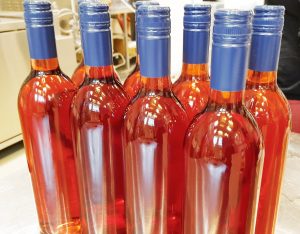
Photo by: Denise M. Gardner
After the juice is inoculated with yeast, the primary fermentation progresses. This is the process that converts the sugar from the grapes into alcohol. Usually, the fermenting juice is held at a cooler temperature compared to traditional red wine fermentation. Keeping the temperature cool during the fermentation process helps retain the delicate, nuanced aromas and flavors associated with rosé wine.
Rosés are similar to many styles of white wine in that they can be stabilized and bottled fairly quickly after fermentation completes. Thus, you can find new vintage rosé wines shortly after the harvest season closes. For those rosés produced in the Northern Hemisphere, look for the 2020 vintage getting released now!
Rosé Diversity
The most interesting part about rosé wines is the diversity in how rosés can smell and taste. Some of these characteristics are regional. For example, Provencal rosés from the Provence region in France tend to be very pale in color, quite acidic (sour), and relatively neutral in how they taste. (“Tastes like rosé wine!”) This region produces a very specific style of rosé.
The wine grape variety that is used to produce the rosé can also influence color, smell, and taste of the rosé. See this month’s “side story” that reveals rosé juice color based on the wine grape variety.
I recommend that people try several different rosés from all over the world to discover the rosé style that they love. Or, mix and match rosés with the moment. For example, a sparkling rosé may be delightful on a warm summer’s eve as the sun sets. But a Provencal rosé may be a perfect comparison to a summer picnic providing an alcoholic alternative to summer’s featured beverage: lemonade.
While many wine experts focus on rosé wine style based on the variety that goes into the wine, I like to focus on rosé wines and how they make us feel when we sip them. Read some of my suggestions below to discover what I mean!
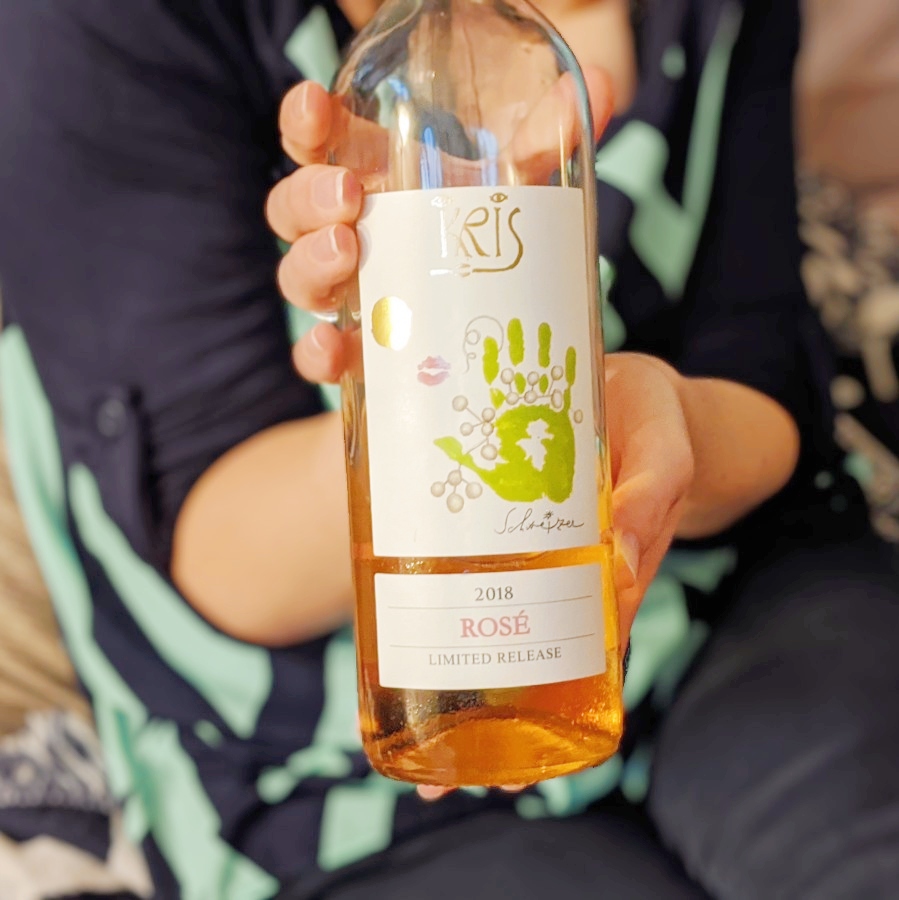
Photo by: Denise M. Gardner
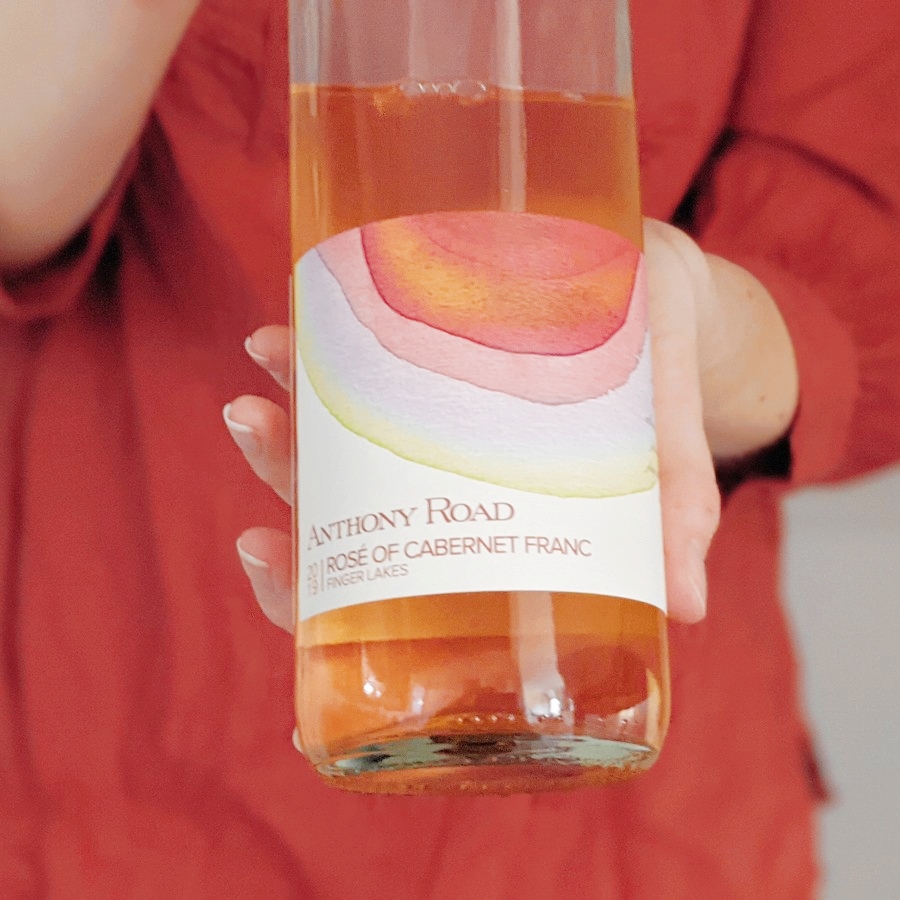
Photo by: Denise M. Gardner
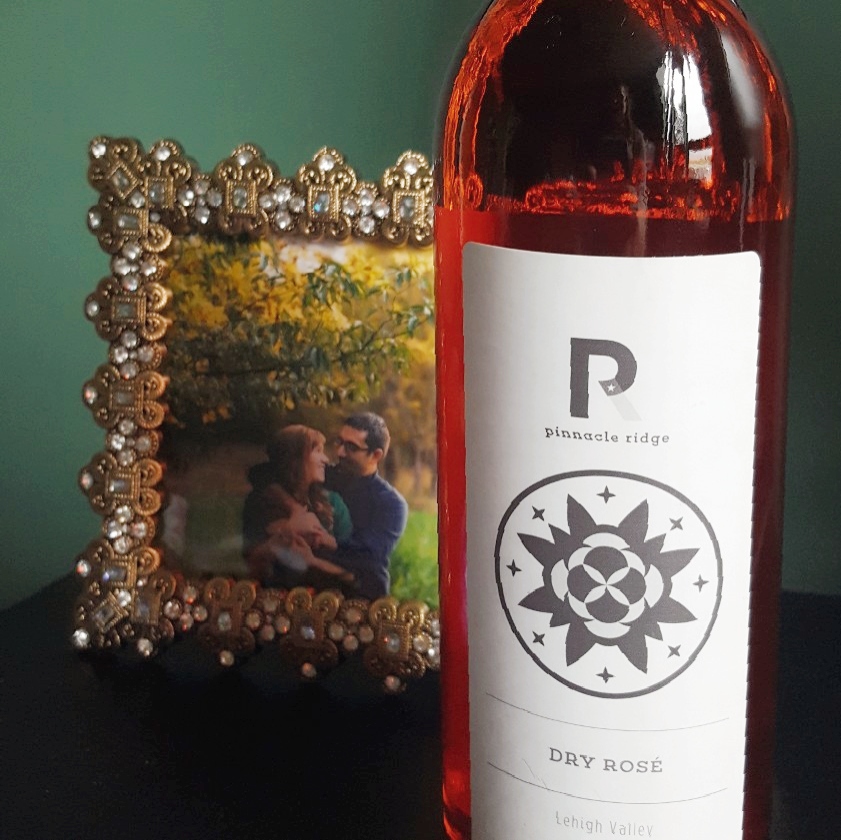
Photo by: Denise M. Gardner
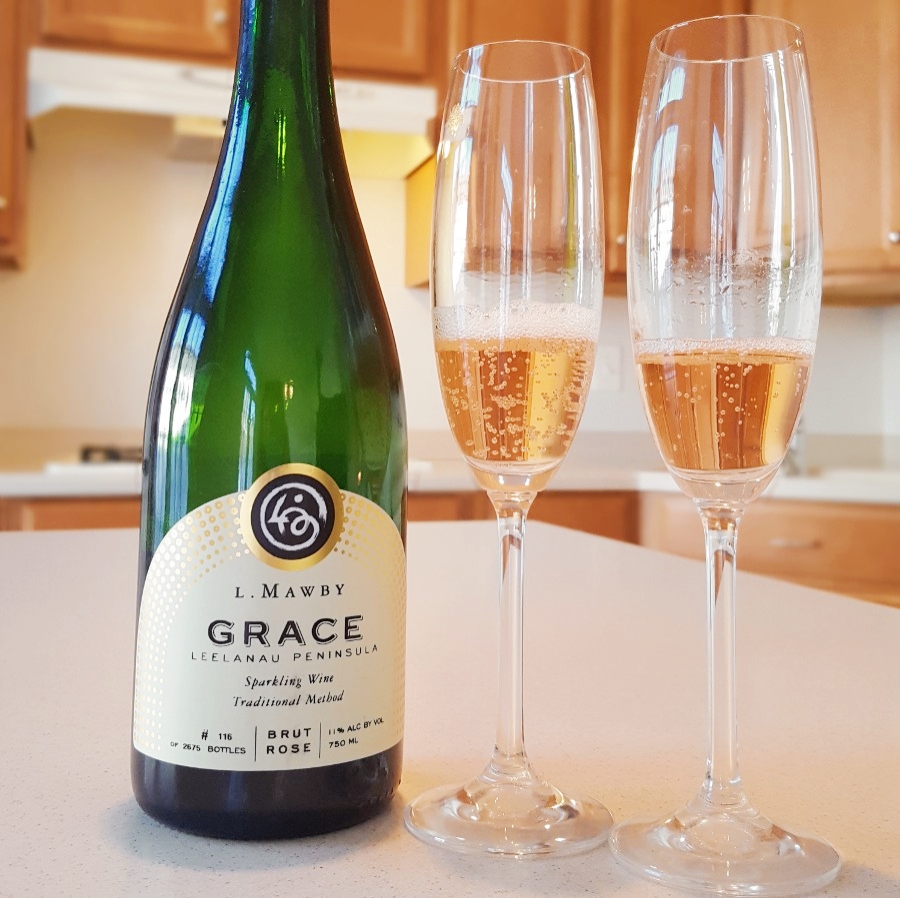
Photo by: Denise M. Gardner
Rosé Wines that Refresh
One of the most interesting sensory components of rosé is how sour they taste. White and rosé wine styles can range in sourness (and sweetness, for that matter). But this is what makes us long for white and rosé wines in the warmer times of year. That sourness is thirst quenching. It’s like a cool glass of lemonade as the warm sun kisses your face, except… it’s rosé wine. Many wines from the Provence region of France are refreshing. Also, check the Finger Lakes (New York) wine region. I recently found an Anthony Road rosé that was simply delightful!
Rosé Wines that Surprise
Any pop of aroma and flavor from a rosé is a hidden surprise. Rosés are usually rather neutral in flavor, capturing the essence of the expression, “Tastes like wine.” When you find one that doesn’t capture such neutrality, it really is a nice surprise. One of my favorite rosés of this style is from the Veneto region in Italy: Kris Rosé. It has a lovely burst of fruitiness on the nose that make this rosé not only refreshing, but enticing.
Rosé Wines that Delight
These are rosés are simply yummy. You can drink them anywhere on any day. One of my favorites in this style has always been Dry Rosé by Pinnacle Ridge Winery (PA). It’s been my base wine for rosé Sangrias, rosé wine cocktails, and my table rosé when I needed one in a pinch. As the winemaker is retiring this year, I am currently on the search for a new brand that will become my everyday rosé!
Rosé Wines that Sparkle
There’s nothing like pink sparkling wines glistening in the summer sun. The sparkle is like watching sun streaks dazzle the ocean waves. And what is more refreshing than a sparkling rosé wine? These are ultimate crowd pleasers during the Spring and Summer. I featured one of my favorites as this month’s Hidden Wine Gem: the Pét-Nat Rosé by William Heritage Winery. Another favorite is Grace by Mawby Sparkling from Michigan. I’ve used Grace to toast a number of small milestones in my life, and have sprinkled a touch of Grace through many warm months.
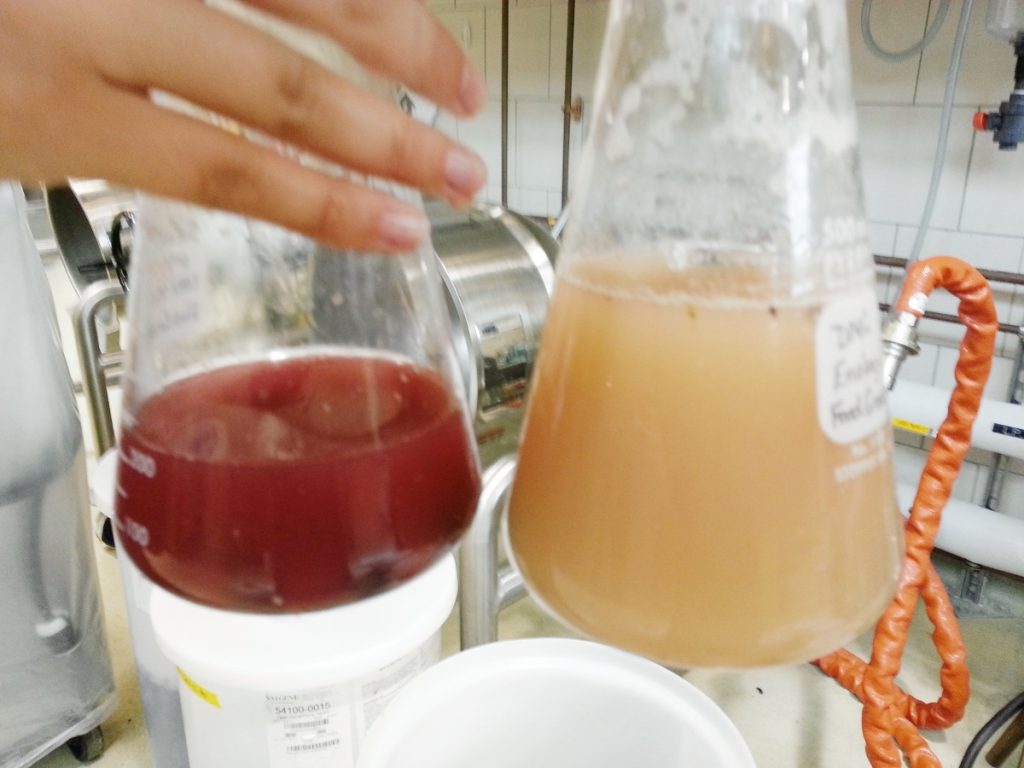
Photo by: Denise M. Gardner
How does a rosé wine get its color?
Did you know that the center of a wine grape is colorless? It is! For red wine grape varieties, all of the red color is located within the skins of the grapes.
The above image, though blurry, shows the difference that wine grape variety can make on rosé wine color. The juice on the right is from European wine grape varieties. Think Cabernet Sauvignon, Merlot, or Petit Verdot. You can see that the juice is almost colorless after a few minutes of grape skin contact with the juice and pulp from within the berries. In comparison, the juice on the left is from a French-American Hybrid wine grape variety. Think Chambourcin, Noiret, and Chancellor. Compared to the European varieties, the red color pigments from the skins in hybrid varieties tends to get released faster into the juice. Thus, the red or pink color of the juice that gets fermented has a deeper intensity before fermentation even begins!
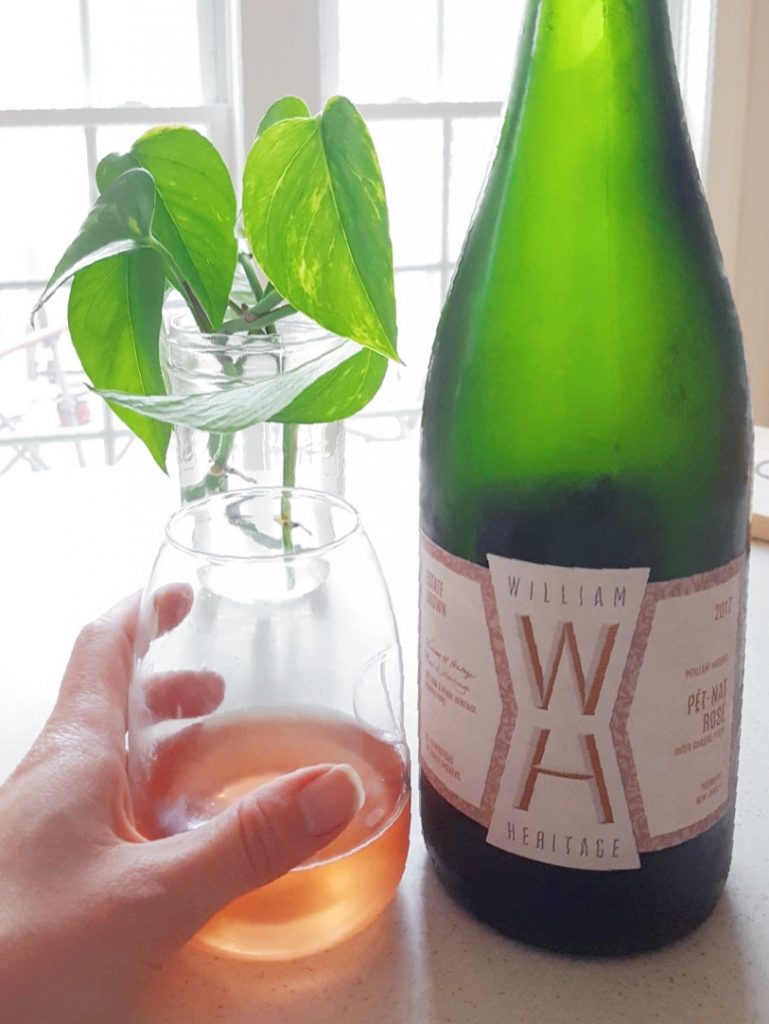
Photo by: Denise M. Gardner
Hidden Wine Gem: Pét-Nat Rosé by William Heritage Winery (NJ)
A Pét-Nat is a sparkling wine style in which the fermentation that creates the bubbles is completed in the bottle. It’s a version of the original methodology used to create sparkling wines. The Pét-Nat Rosé from William Heritage Winery (NJ) is one of my favorite on the market. It has clean aromatics, exuding essences of fresh strawberries and freshly cut flowers. Plus, it’s refreshing and absolutely delightful during the warmer months of the year. Shown in this image is a previous label, but I’m sure the new vintage will get released soon! Plus, William Heritage offers a series of delicious wines, including a few different rosés that you are bound to enjoy.

